
"Woo is understood specifically as pseudoscience, uses a science-like formula, and attempts to place itself as scientifically, or at least reasonably, supported."
Truth is the best weapon for fighting the woo, but sometimes it costs some money to get and disseminate that truth. There are many things I'd like to be able to do to continue working on Swordgate -- some of those things are going to take a little cash. I've already put in a lot of time and energy (which aren't free by any stretch of the imagination) into this endeavor, and I'm hesitant to start laying out money directly.
What would I use the Woo War One money for? First, there are some materials I'd like to purchase that I think will help me understand what's going on with the swords. Second, I'm hatching a plan to do some of my own tests. That will require paying for some shipping and some charges associated with laboratory work. I don't have a budget yet because I've only just started to think about it.
I'm sure other things will come up as well as this story keeps developing. I won't just go and spend the money on peach soda and moon pies, I promise! And you can bet that whatever I come up with I'll share it here, first and free.
Anyway, if you've enjoyed Swordgate so far and would like to help out with a few dollars, please visit the Woo War One GoFundMe campaign and chip in. Thank you if you do!

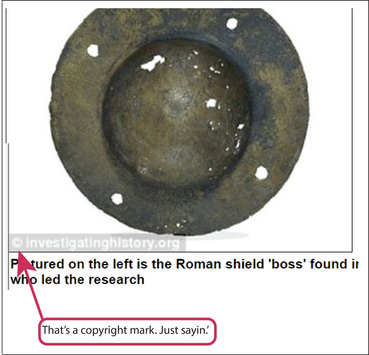
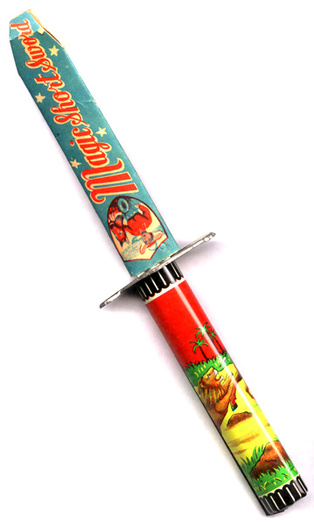
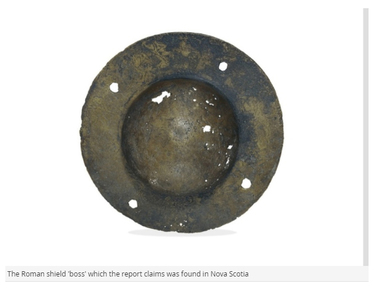
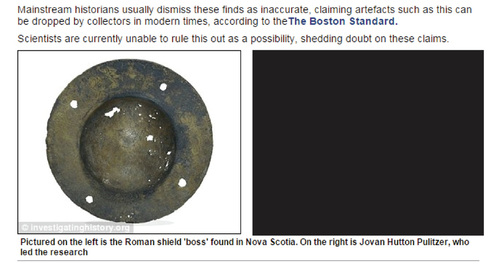
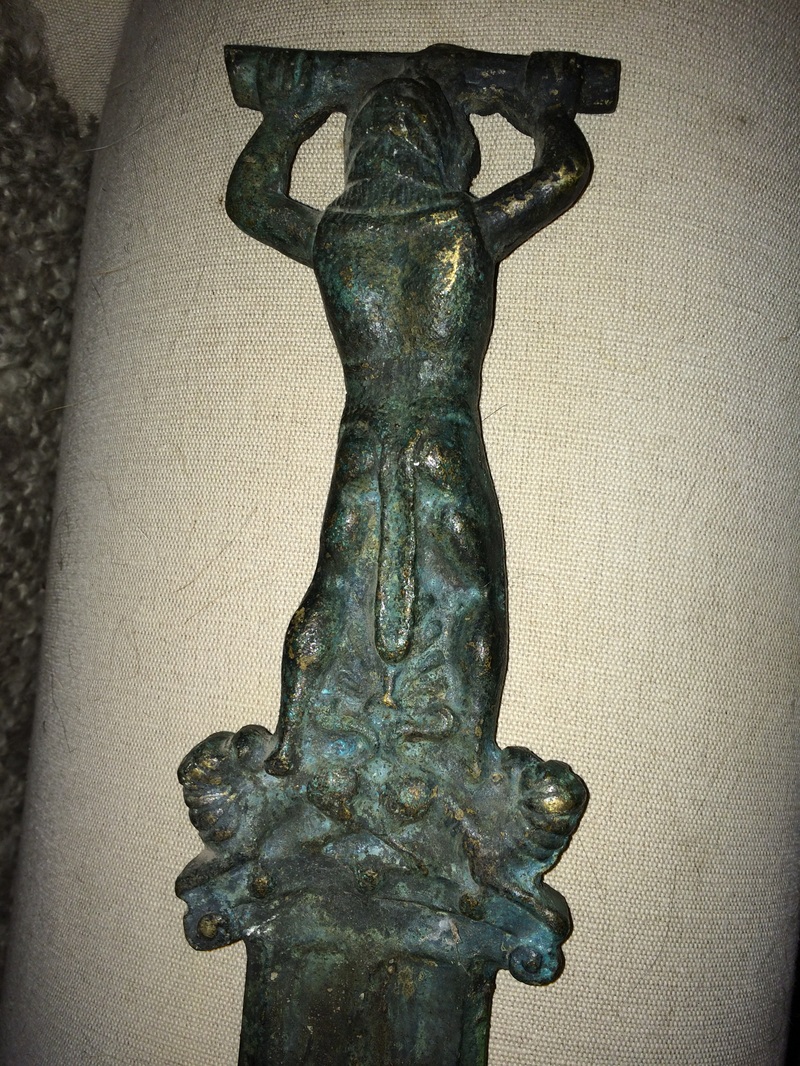
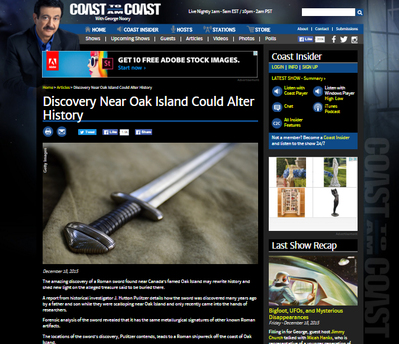
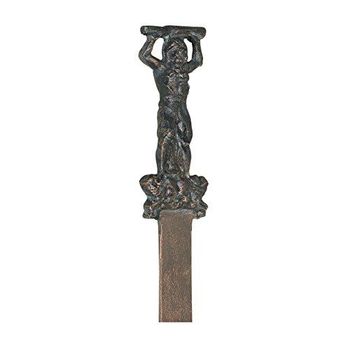


 RSS Feed
RSS Feed
